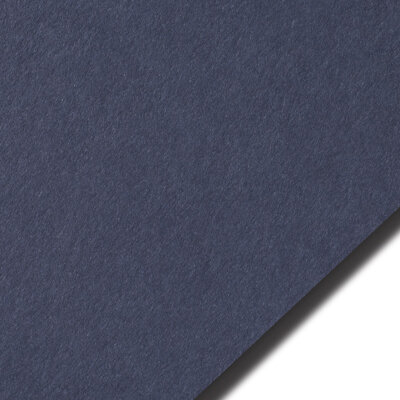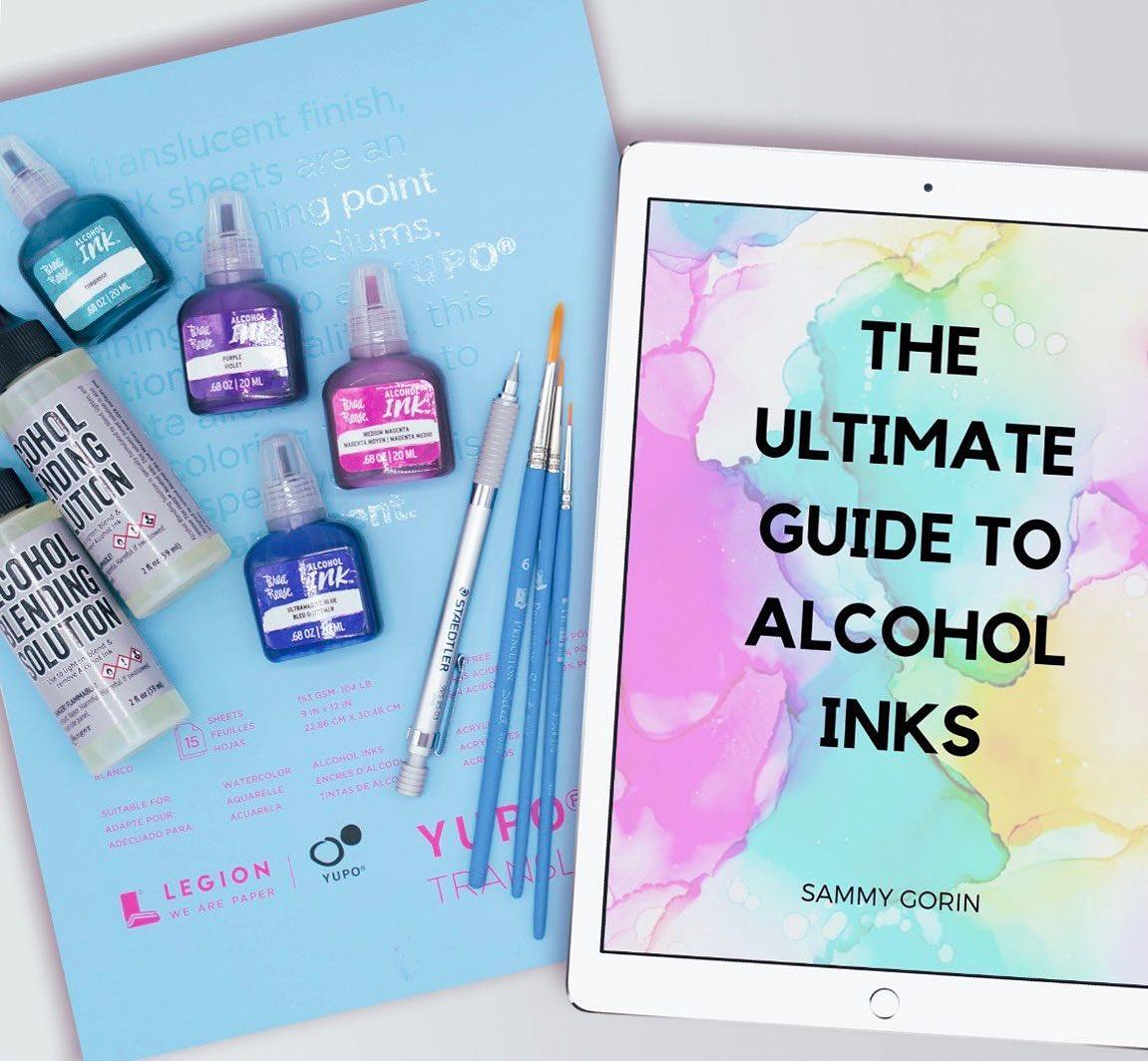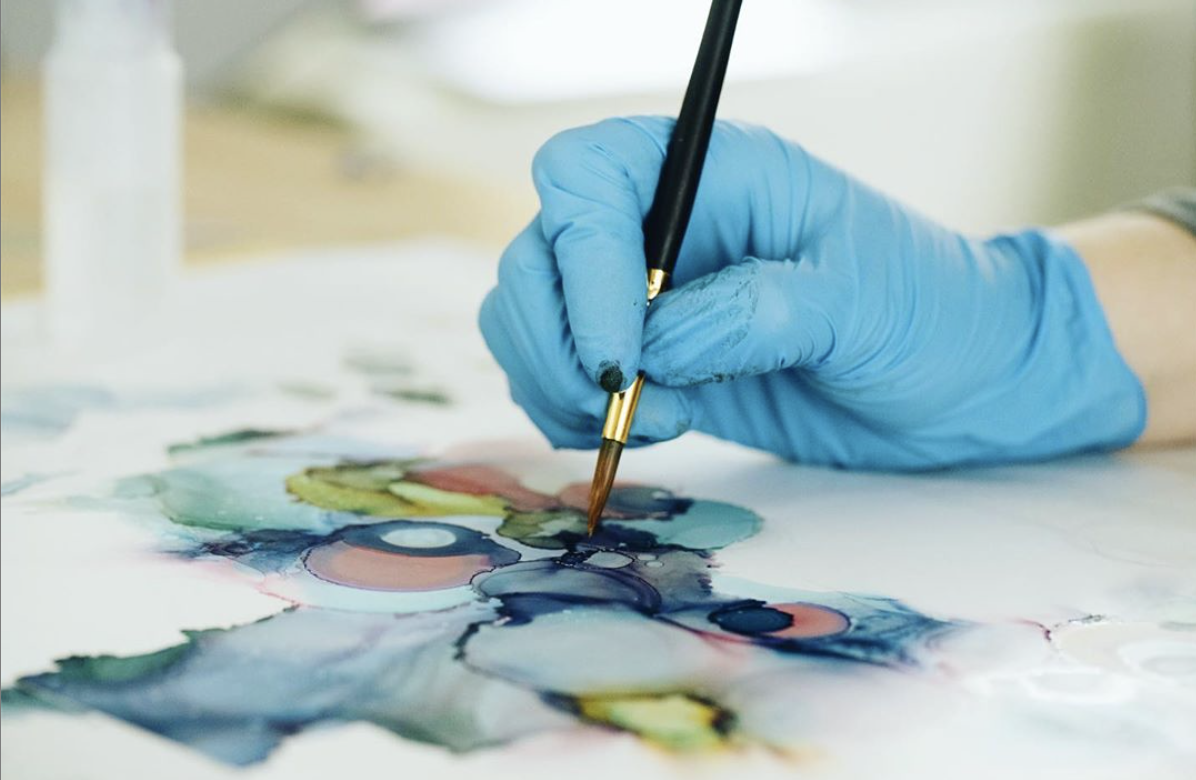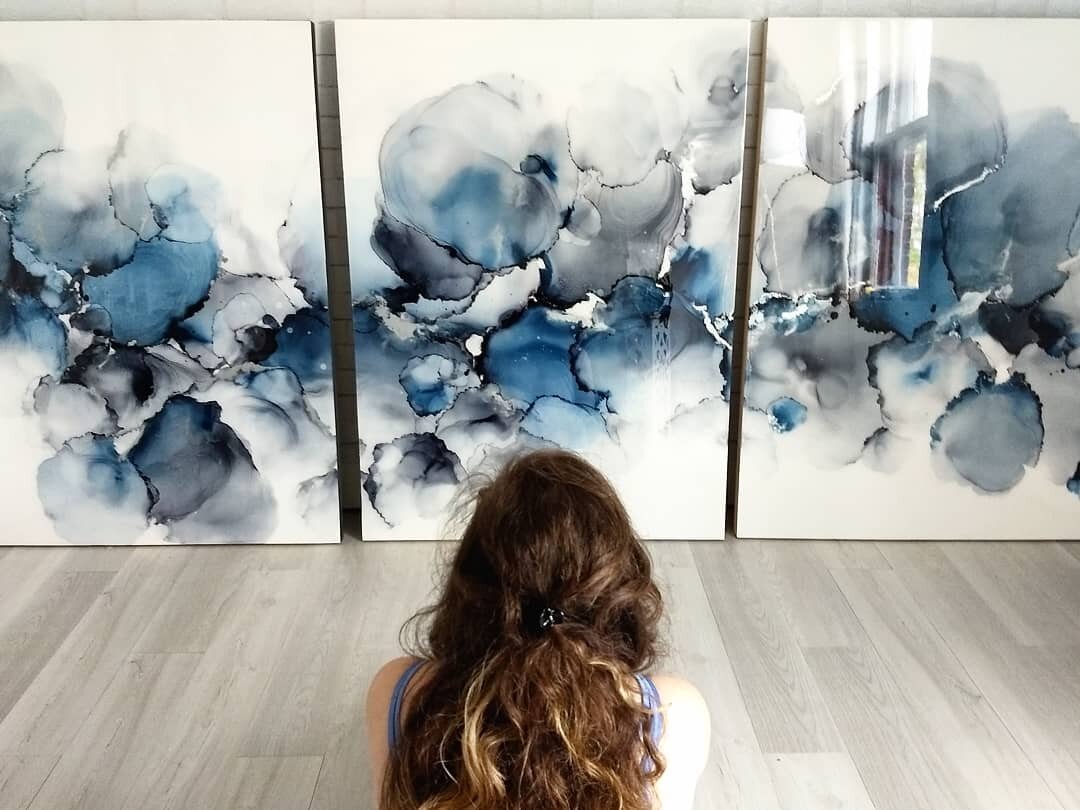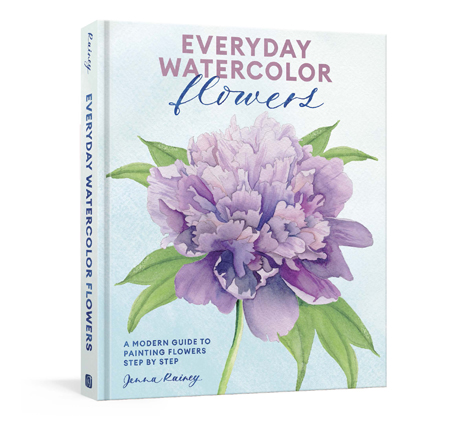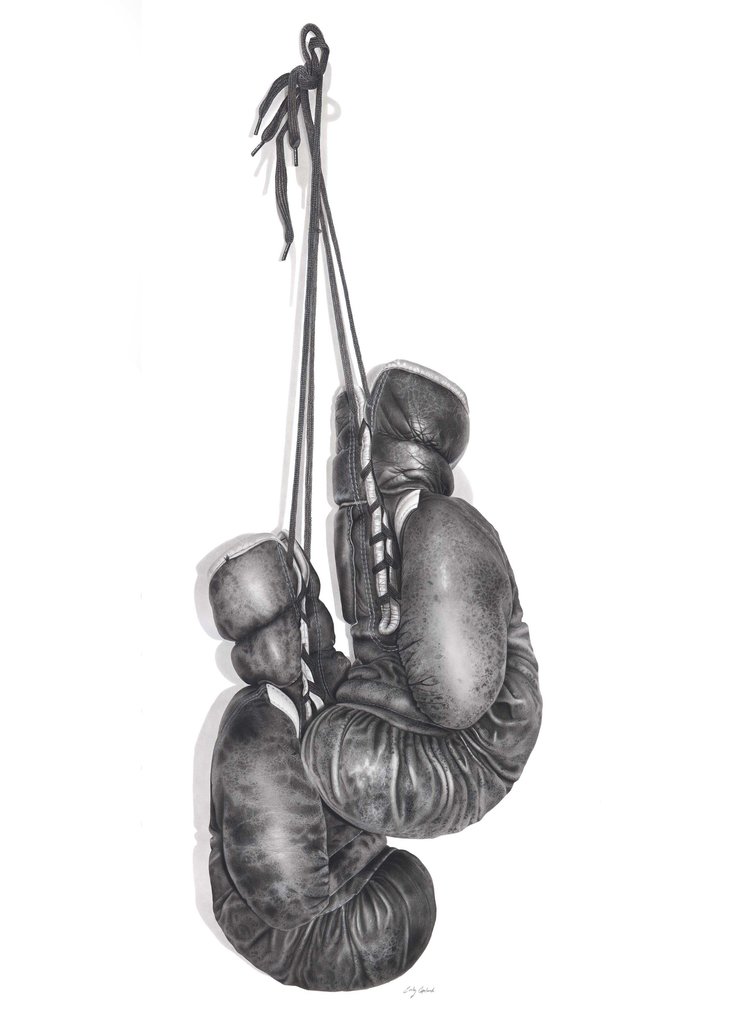“We are living in a time that requires trust and faith. It is this kind of constancy and confidence that is expressed by PANTONE 19-4052 Classic Blue, a solid and dependable blue hue we can always rely on. Imbued with a deep resonance, Classic Blue provides an anchoring foundation. A boundless blue evocative of the vast and infinite evening sky, Classic Blue encourages us to look beyond the obvious to expand our thinking; challenging us to think more deeply, increase our perspective and open the flow of communication.”
- Leatrice Eiseman (Executive Director of the Pantone Color Institute.
Pantone 19-4052 Classic Blue was announced as the Pantone Color of the Year 2020. We found 10 papers that match (or come close) to the Pantone Classic Blue. While demonstrating the peace and tranquility of the Classic Blue color, each paper contains extremely different features. Click on the thumbnails below to learn more about each paper.




